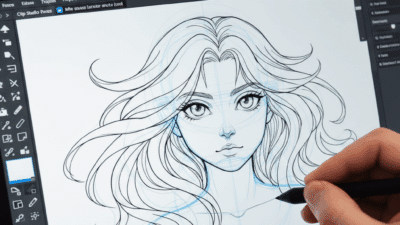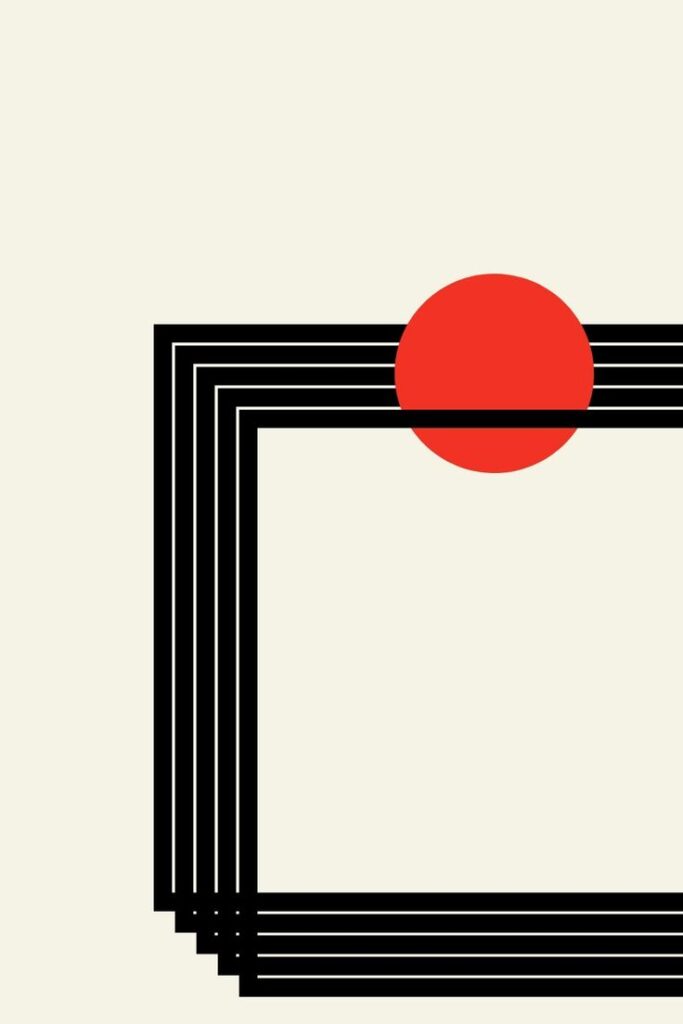
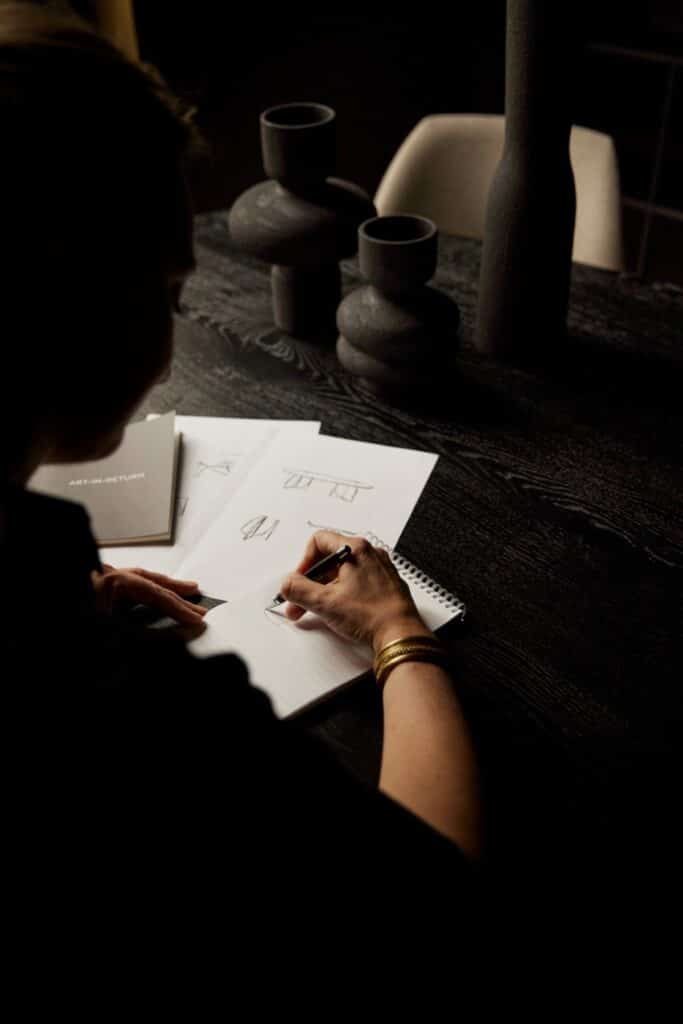
Minimal art began redefining creative boundaries when it first appeared on the New York scene in the 1960s. This movement turned away from traditional art by embracing bold simplicity and eliminating excess detail. By focusing on geometric forms and the physical relationship between artwork and space, minimal artists challenged viewers to find beauty in essentials. More than just a style, minimal art inspired design, architecture, and even modern lifestyles with its lasting message—less often means more.
Table of Contents
- Minimal Art Defined: Core Concepts And Origins
- Major Variations Of Minimal Art Styles
- Key Characteristics And Principles In Minimal Art
- Minimal Art In Contemporary Design And Spaces
- Common Misconceptions And Mistakes To Avoid
Key Takeaways
| Point | Details |
| Emergence of Minimal Art | Minimal art began in the 1960s as a significant shift towards simplicity, characterized by geometric abstraction and reduced visual elements. |
| Core Principles | Central to minimal art are geometric precision, material honesty, and spatial awareness, which redefine traditional artistic expression. |
| Influence on Design | The principles of minimal art extend beyond visual arts, significantly shaping contemporary architecture and design through an emphasis on simplicity and functionality. |
| Common Misconceptions | Minimal art is often misunderstood as lacking depth; in fact, it demands intentional engagement with form and materials to convey complex ideas. |
Minimal Art Defined: Core Concepts and Origins


Minimal art emerged as a groundbreaking artistic movement in New York during the early 1960s, representing a radical departure from traditional artistic expression. According to Wikipedia, pioneers like Frank Stella and Donald Judd championed a revolutionary approach that focused on geometric abstraction and stripped-down visual aesthetics.
At its core, minimal art represents an intentional reduction of artistic elements to their most fundamental forms. Artists practicing this style deliberately eliminated unnecessary decorative elements, instead emphasizing pure geometric shapes, clean lines, and an essential relationship between the artwork and the physical space it occupies. The movement challenged traditional notions of artistic representation by presenting objects and compositions in their most elemental state.
Key characteristics of minimal art include:
- Extreme simplification of form
- Emphasis on geometric precision
- Rejection of emotional or narrative complexity
- Focus on material properties and spatial relationships
- Monochromatic or limited color palettes
The philosophical underpinnings of minimal art extend beyond visual aesthetics. By stripping away excess, these artists invited viewers to engage with art in a more direct, unmediated manner. The artwork itself became an object of contemplation, challenging audiences to find meaning in pure form, color, and spatial configuration. This approach represented a profound shift from previous artistic movements that relied on representational techniques or emotional storytelling.
Through its commitment to simplicity and essential design principles, minimal art ultimately influenced numerous creative disciplines beyond visual arts, including line art techniques in contemporary design and architecture. Its legacy continues to resonate in modern aesthetic practices that value clarity, intentionality, and elemental beauty.
Major Variations of Minimal Art Styles

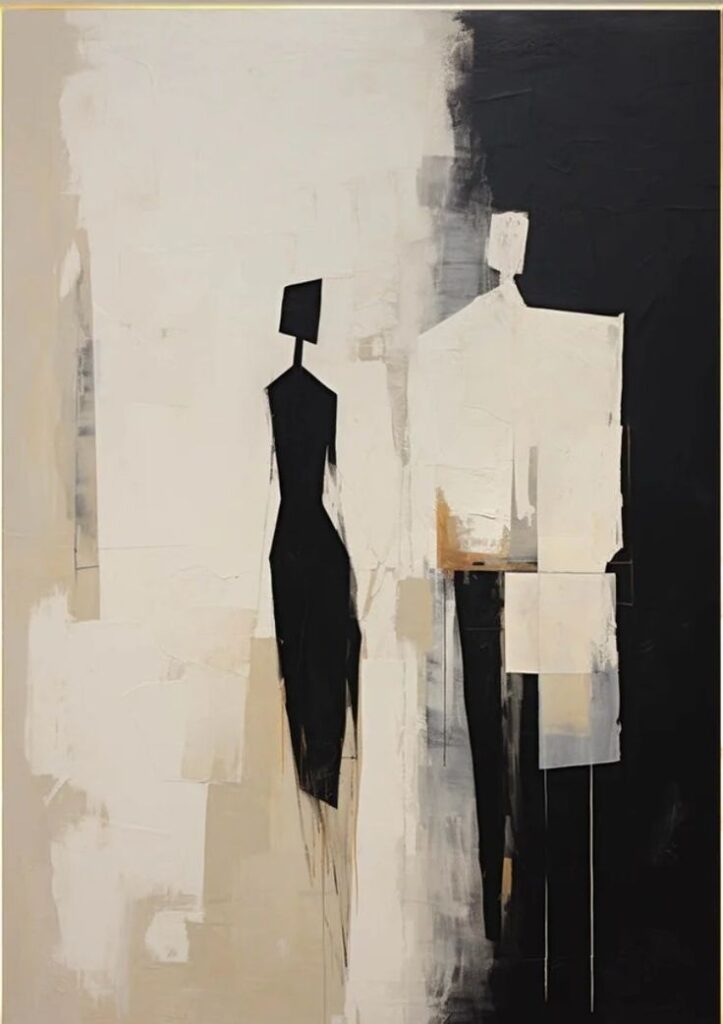
Minimal art evolved into several distinctive styles, each exploring unique approaches to simplification and essential form. According to Wikipedia, these variations primarily encompass hard-edge painting and minimalist sculpture, characterized by large, simplified geometric forms with precise contours and industrial materials.
Hard-edge Painting emerged as a critical minimal art style, featuring sharply defined geometric shapes with crisp, clean boundaries between color fields. Artists in this style eliminated gestural brushstrokes and emotional expression, instead focusing on mathematical precision and visual clarity. Color became a structural element, with each shape carefully positioned to create tension and balance within the composition.
Key variations of minimal art include:
- Hard-edge Painting: Sharp geometric forms with precise color boundaries
- Minimalist Sculpture: Simple, monumental geometric forms
- Reductive Art: Extreme simplification of visual elements
- Color Field Painting: Large expanses of solid color
- Constructivist Minimal Art: Geometric abstraction with architectural influences
According to Wikipedia, reductive art represents another significant minimal art approach, emphasizing clarity and simplified visual language. This style focuses on primary shapes and restricted color palettes, stripping artwork down to its most essential components. By limiting visual information, reductive artists invite viewers to engage with pure form and spatial relationships.

The impact of these minimal art styles extends far beyond visual art.
Minimalist architecture demonstrates how these principles of simplification and essential design have influenced broader creative disciplines, proving that less can indeed be more in artistic expression.
Key Characteristics and Principles in Minimal Art


Minimal art is defined by a radical commitment to simplicity, stripping artistic expression down to its most fundamental elements. This approach challenges traditional artistic conventions by focusing on pure form, geometric precision, and an intentional reduction of visual complexity. The principles governing minimal art are both philosophical and aesthetic, demanding a profound reimagining of how art communicates and engages viewers.
The core principles of minimal art can be distilled into several key characteristics:
- Geometric Precision: Sharp, clean lines and mathematically defined shapes
- Material Honesty: Using materials in their most authentic, unadorned state
- Spatial Awareness: Creating a deliberate relationship between the artwork and its surrounding environment
- Reduced Color Palette: Limiting colors to create visual clarity
- Elimination of Decorative Elements: Removing unnecessary ornamentation
At its essence, minimal art operates on the principle that less is more. Artists in this movement reject emotional manipulation and narrative complexity, instead inviting viewers to engage with pure visual form. Each artwork becomes a meditative object, challenging observers to find meaning in simplicity, negative space, and fundamental geometric relationships.
These principles extend beyond visual art, influencing design disciplines like geometric wallpaper and minimalist decor.
The minimal art philosophy suggests that true artistic expression emerges not from elaborate decoration, but from careful consideration of essential elements, spatial relationships, and the viewer’s perceptual experience.
Minimal Art in Contemporary Design and Spaces


Minimal art’s profound influence extends far beyond traditional artistic boundaries, fundamentally reshaping contemporary design and architectural spaces. According to The Art Story, the movement’s emphasis on simplicity and industrial materials has dramatically transformed how designers approach spatial composition, leading to sleek, geometric works that purposefully eschew conventional aesthetic appeal.
Contemporary design now embraces minimal art principles through several key manifestations:
- Architectural spaces with clean, uncluttered geometries
- Furniture designs featuring pure, functional forms
- Interior environments that prioritize negative space
- Material selections emphasizing texture over ornamentation
- Color palettes restricted to neutral, harmonious tones
According to Wikipedia, the integration of minimal art principles has profoundly influenced modern architecture and interior design. Designers now view space not just as a container, but as an active participant in aesthetic experience. Industrial materials like steel, glass, and concrete are celebrated for their inherent qualities, transformed from mere construction elements into expressive design statements.
These design philosophies find elegant expression in spaces like Scandinavian interiors, where minimalism transcends visual style to become a comprehensive lifestyle approach. The minimal art movement has ultimately redefined our relationship with designed environments, teaching us that true sophistication emerges from thoughtful reduction rather than excessive embellishment.
Common Misconceptions and Mistakes to Avoid
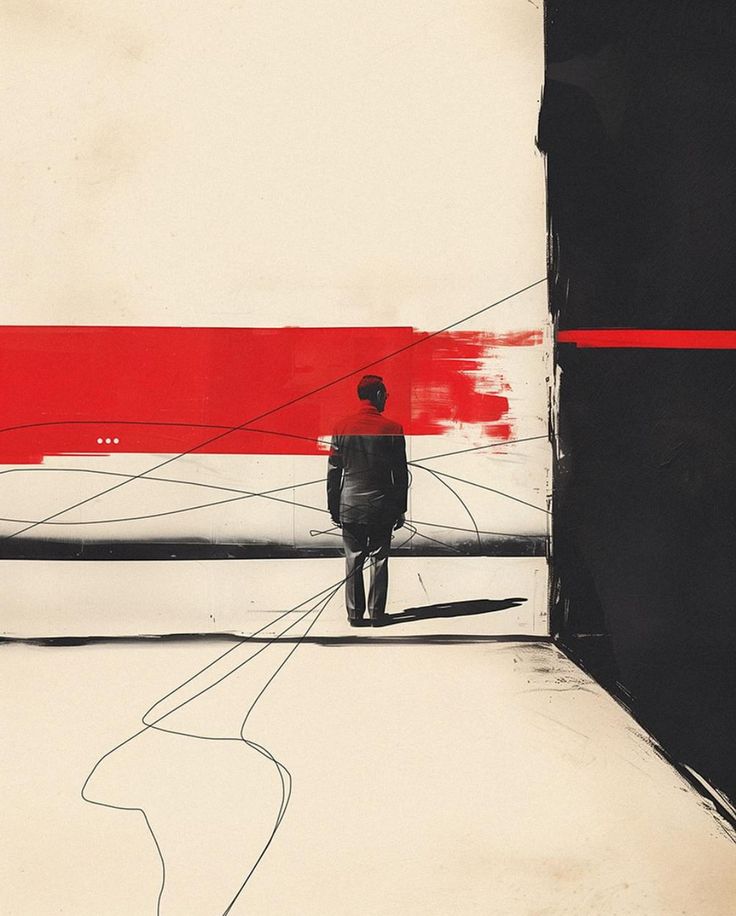

Minimal art is often misunderstood, with many people reducing its complexity to mere simplicity. According to The Art Story, a common misconception is that minimal art lacks depth or complexity. In reality, this artistic approach requires a highly disciplined and intentional engagement with form, materials, and spatial relationships.
Key misconceptions about minimal art include:
- Believing it’s easy to create
- Thinking minimal art is emotionally sterile
- Assuming it requires no skill or technical expertise
- Mistaking simplicity for lack of complexity
- Viewing it as purely decorative
According to Rossetti Art, one critical mistake is assuming minimal art is simply about reducing visual elements. True minimal art focuses on the intentional use of space, form, and materials to create profound harmony and balance. Artists in this genre meticulously consider every element, making deliberate choices that communicate through restraint and precision.
Understanding minimal art requires moving beyond surface-level interpretations. The role of artwork in living spaces demonstrates how minimal art challenges viewers to engage more deeply, inviting contemplation through carefully curated visual experiences that reveal complexity through apparent simplicity.
Discover the Power of Minimal Art in Your Creative Journey
Struggling to embrace simplicity without losing meaning in your artistic or design projects The article on defining minimal art highlights key challenges like balancing geometric precision, material honesty, and reducing visual complexity while maintaining emotional impact. If you want to explore how minimalism transforms not just art but interiors and lifestyle this is your chance to deepen that understanding. Minimal art is about intentional choices that create harmony from essential elements rather than excessive decoration.

Unleash your creativity with expert insights and practical guides from the Art | Sky Rye Design collection. Whether you are refining your drawing skills or seeking inspiration for minimalist interiors visit Sky Rye Design today to engage with thoughtful content that will inspire clarity and elegance in your work. Start your journey into minimalist aesthetics now and experience firsthand how less truly can be more.
Frequently Asked Questions

What is minimal art?
Minimal art is an artistic movement that emerged in the early 1960s characterized by extreme simplification of form and an emphasis on geometric precision. It focuses on the use of pure geometric shapes, clean lines, and the material properties of the artwork.
What are the key characteristics of minimal art?
Key characteristics of minimal art include geometric precision, material honesty, spatial awareness, reduced color palettes, and the elimination of decorative elements to prioritize essential forms and visual clarity.
How does minimal art influence contemporary design?
Minimal art influences contemporary design by leading to cleaner, uncluttered architectural spaces, functional furniture designs, and interiors that prioritize negative space, texture, and harmonious color palettes, creating serene and sophisticated environments.
What are some common misconceptions about minimal art?
Common misconceptions about minimal art include the belief that it lacks depth or complexity, that it is easy to create, or that it is purely decorative. In reality, minimal art requires careful consideration of form, materials, and spatial relationships, emphasizing a profound engagement with simplicity.
Recommended
8 Ways to Pair Geometric Wallpaper with Minimalist Decor |
Minimalist Architecture: Timeless Simplicity’s Power
Line Art Woman Body: Minimalist Beauty Explored
10 Thoughtful Сhristmas Gifts for Minimalists
- 0shares
- Facebook0
- Pinterest0
- Twitter0

